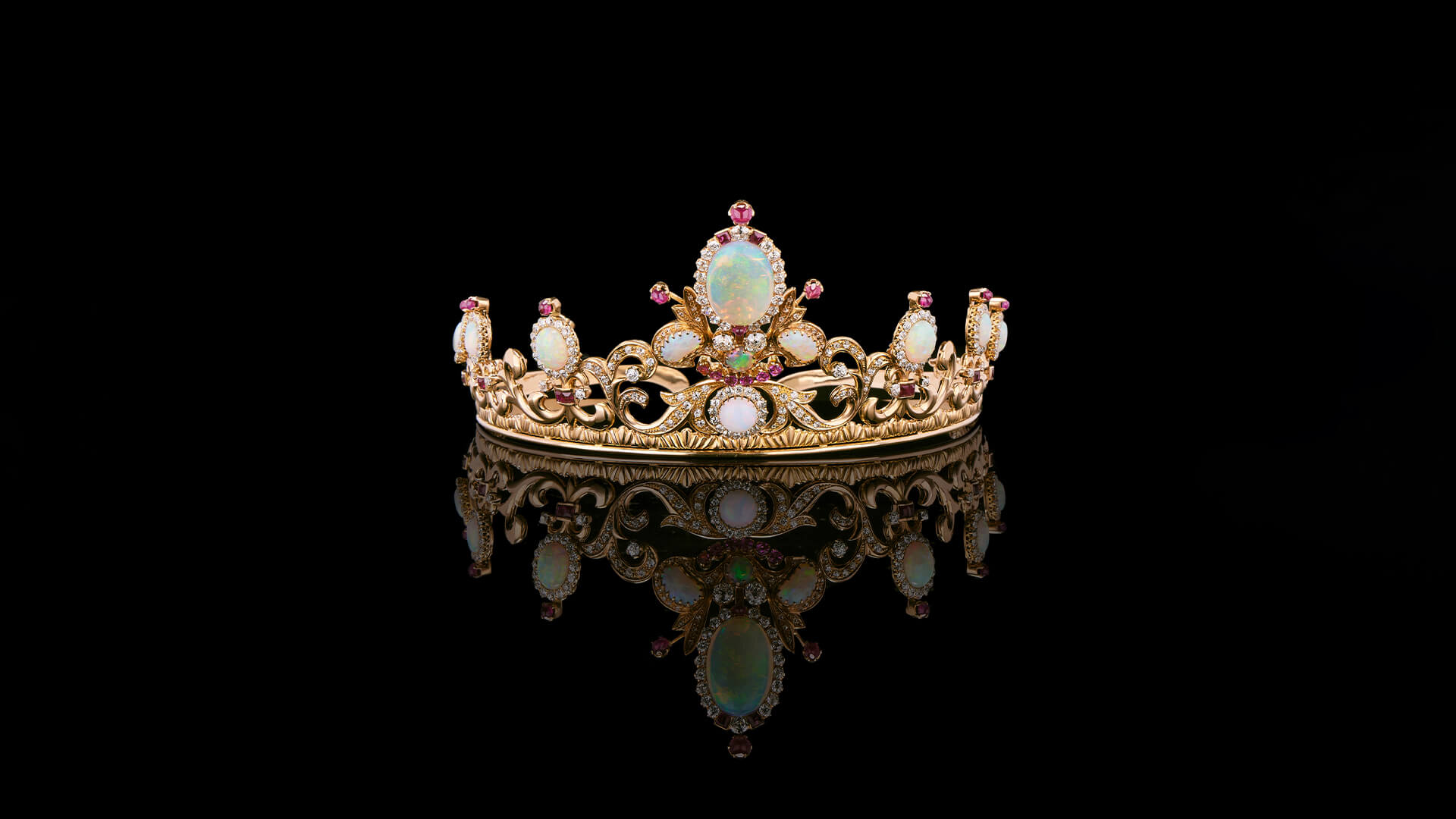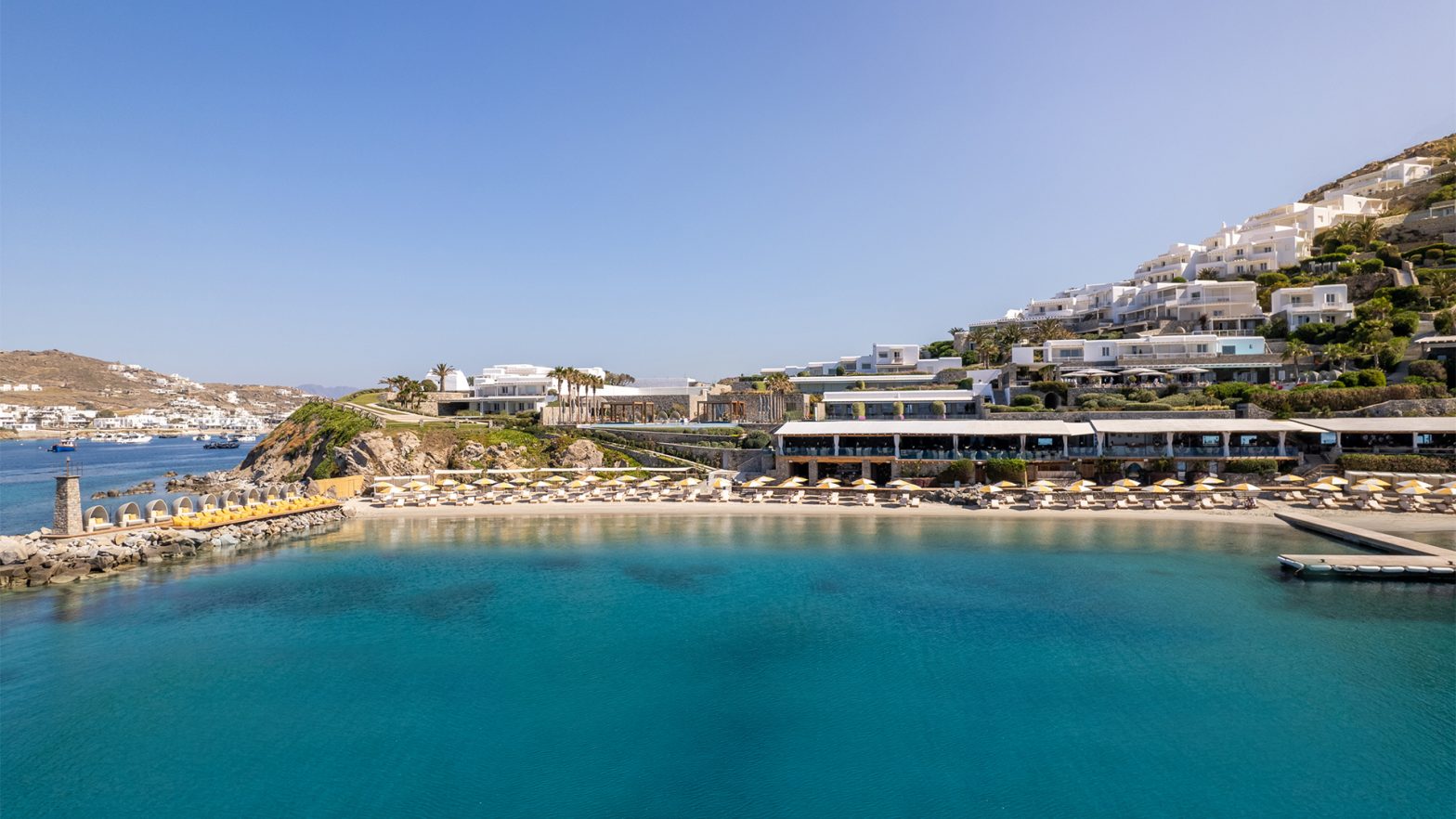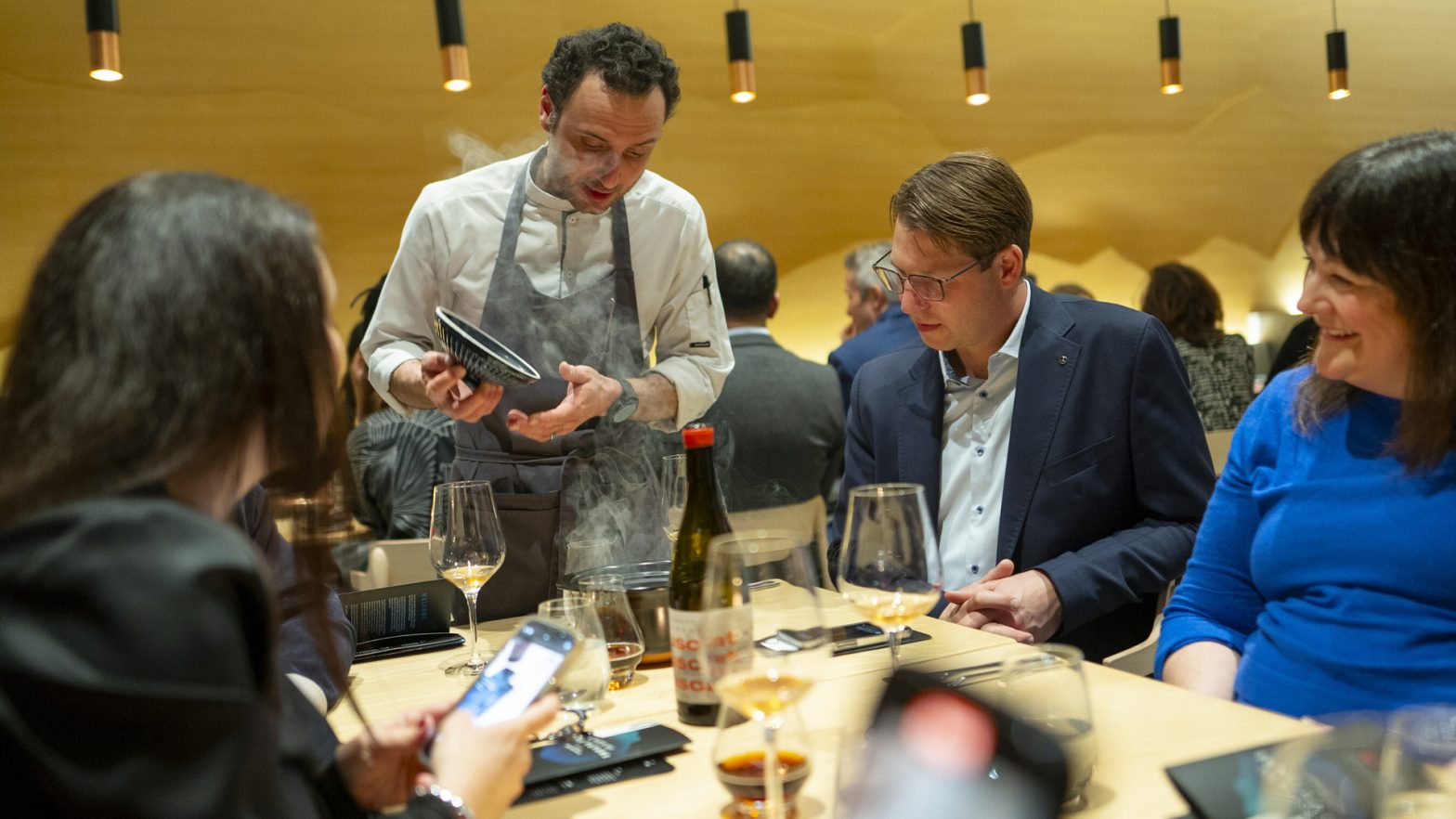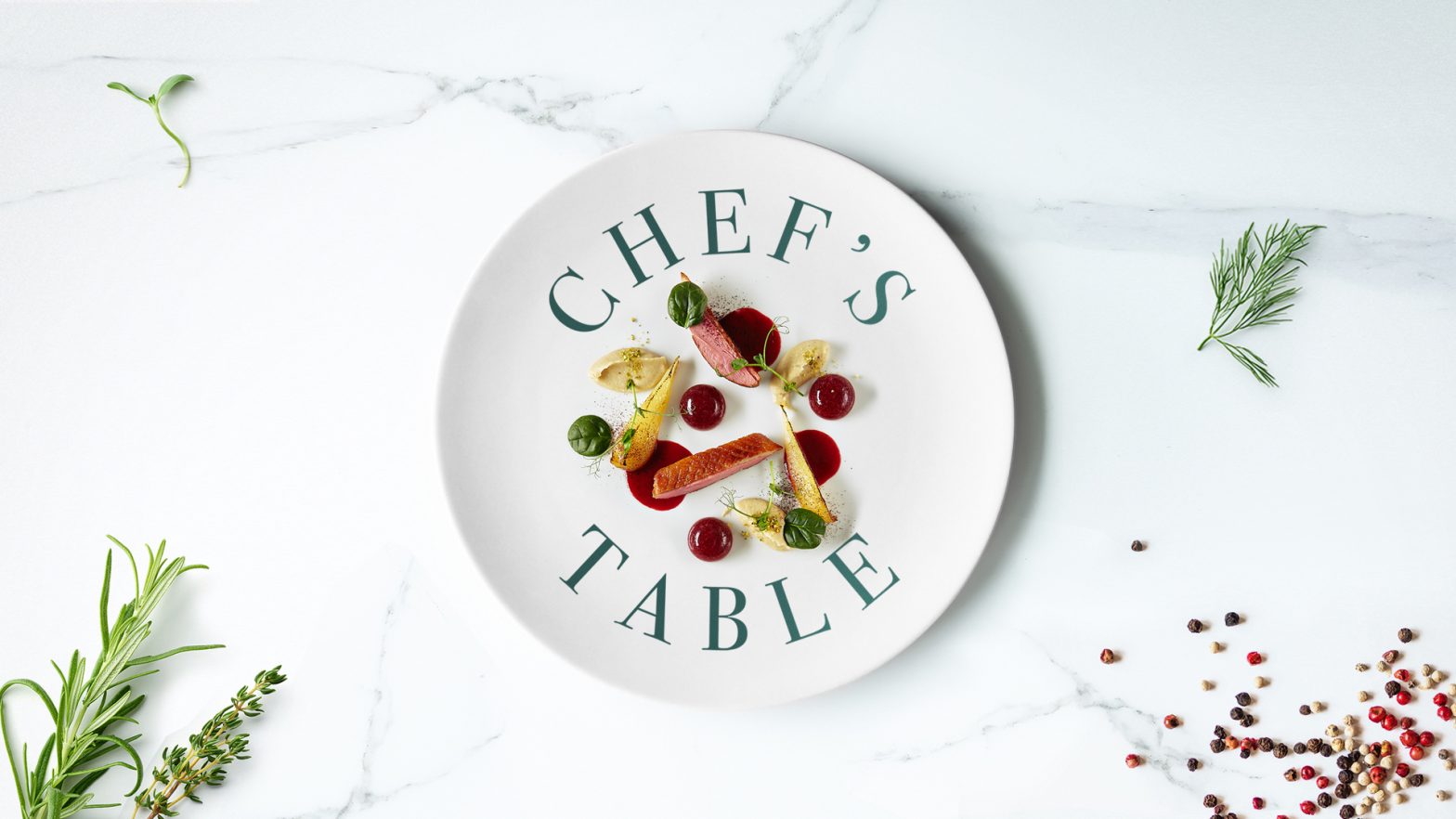
Dreweatts is delighted to offer an extremely rare opal tiara from the family of the Late Jean Pierre François Joseph Pineton de Chambrun, Marquis de Chambrun, Marquis d’Amefreville (1903-2004) and his second wife Muriel, Marquise de Chambrun. Jean Pierre Pineton was the eldest son of French politician and diplomat Charles Louis Antoine Pierre Gilbert Pineton de Chambrun (1865-1954) and his American wife, Margaret Rives Nichols (1872-1949). Jean Pierre married his second wife Muriel in married in 1963 and they spent their 40-year marriage between France, the United States and the Algarve in Portugal.
The de Chambrun family has a prominent history as French politicians in the French Senate and French Chamber of Deputies and were direct descendants of Gilbert du Motier, Marquis de Lafayette (1757-1834), the French aristocrat and army officer who commanded American troops to victory in the American War of Independence. He was also a key figure in the French Revolution in 1789 and the July Revolution of 1830 and served in French parliament. Such was his impact that he was considered a national hero in both countries and gained the title of ‘Hero of Two Worlds’.
Jean Pierre and Muriel toured America lecturing about Lafayette and his role in the American Revolution and War of independence. Muriel also became a celebrated poetess and won several awards including Ohio Poet of the year in 1976 for her book of poems Sudden Spring and an award from Cincinnati University in 1970 for her first book Salisbury Cathedral. Jean Pierre and Muriel were fêted by American society and acknowledged by several American President’s including Ronald Reagan, Bill Clinton and George Bush Junior for their work in promoting Franco-American relations.
Although profoundly deaf, Jean Pierre had studied biochemistry at the Institut Pasteur, and art at the Horace Vernet school. As a member of at the Cercle de l’Union Artistique in France, Jean Pierre became an acclaimed painter and designer of jewellery, wrought iron and crystal for the renowned firm Baccarat. With his background in jewellery, it is thought that the tiara was most probably designed by him. The tiara is exceptionally rare as it is set with opals, hardly ever seen in period tiaras, due to the stone’s fragility and also as some believed that opals held a strange power, that could bring bad luck to its wearer. This superstition was picked up in the British press, however it was eventually dismissed after it was a firm favourite with Queen Victoria, who during her reign owned multiple pieces of jewellery set with opals, which were said to have been the favourite gemstone of her husband, Prince Albert.
“To have a period tiara set with opals is extremely rare, as the opal stone is so fragile, with their composition mainly consisting of water and silica gel”, says Deputy Chairman and International Head of Jewellery, Silver and Watches at Dreweatts. “Of the very few other tiaras set with opals, is the Princess Marie of Denmark opal tiara, an exuberant Art Nouveau creation of large, towering opal set floral sprays. It has not been seen being worn in public since the wedding of King Harald V and Queen Sonja of Norway in 1968.”
The tiara in the sale is an exuberant piece of mid-20th century jewellery design. Opals are highly attractive stones due to their colour play, as they show all the colours of the rainbow. When rotated in light, one can see different flashes of colour, which are caused by the microscopic silica spheres in the stone. The most sought-after colours are red and green. Opals were traditionally found in Eastern Europe, in the Czech Republic and Slovakia. However, in the 1870s, they were discovered in Australia. Since then Australia has contributed to around 90% of the global output of precious opals. The best opals are found in Lightning Ridge, with others come from Queensland and New South Wales. A small percentage of stones also come from Ethiopia, America and Mexico, however these are not as commercially viable as the Australian examples.
“The opals found in this stunning tiara are of exceptional quality and we can therefore assume that these originated from Australia.” says James Nicholson. They are set into 18 carat gold scrolled framework, complimented by circular cabochon, circular cut and step cut ruby accents, as well as rose cut and old mine cut diamonds, adding an extra sparkle. Adding to the uniqueness of this particular tiara, it is intended to be worn more like an ‘alice band’ across the middle of the head, rather than at the front. This adds significant height to it, making it a fabulous statement piece. It is estimated to fetch of £12,000-£18,000 when it goes under the hammer in Dreweatts Fine Jewellery, Silver Watches and Object of Vertu sale on March 22, 2023.











































